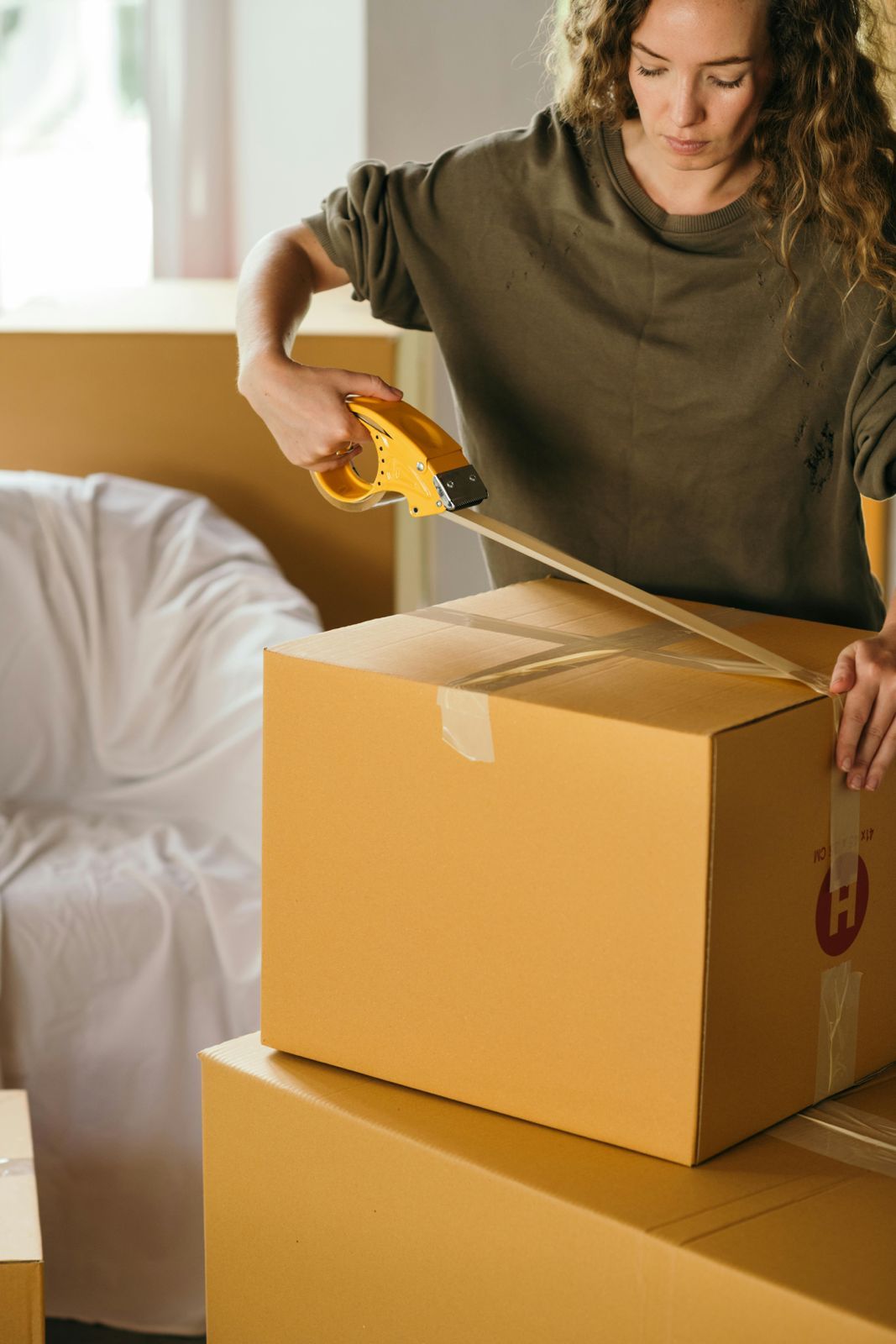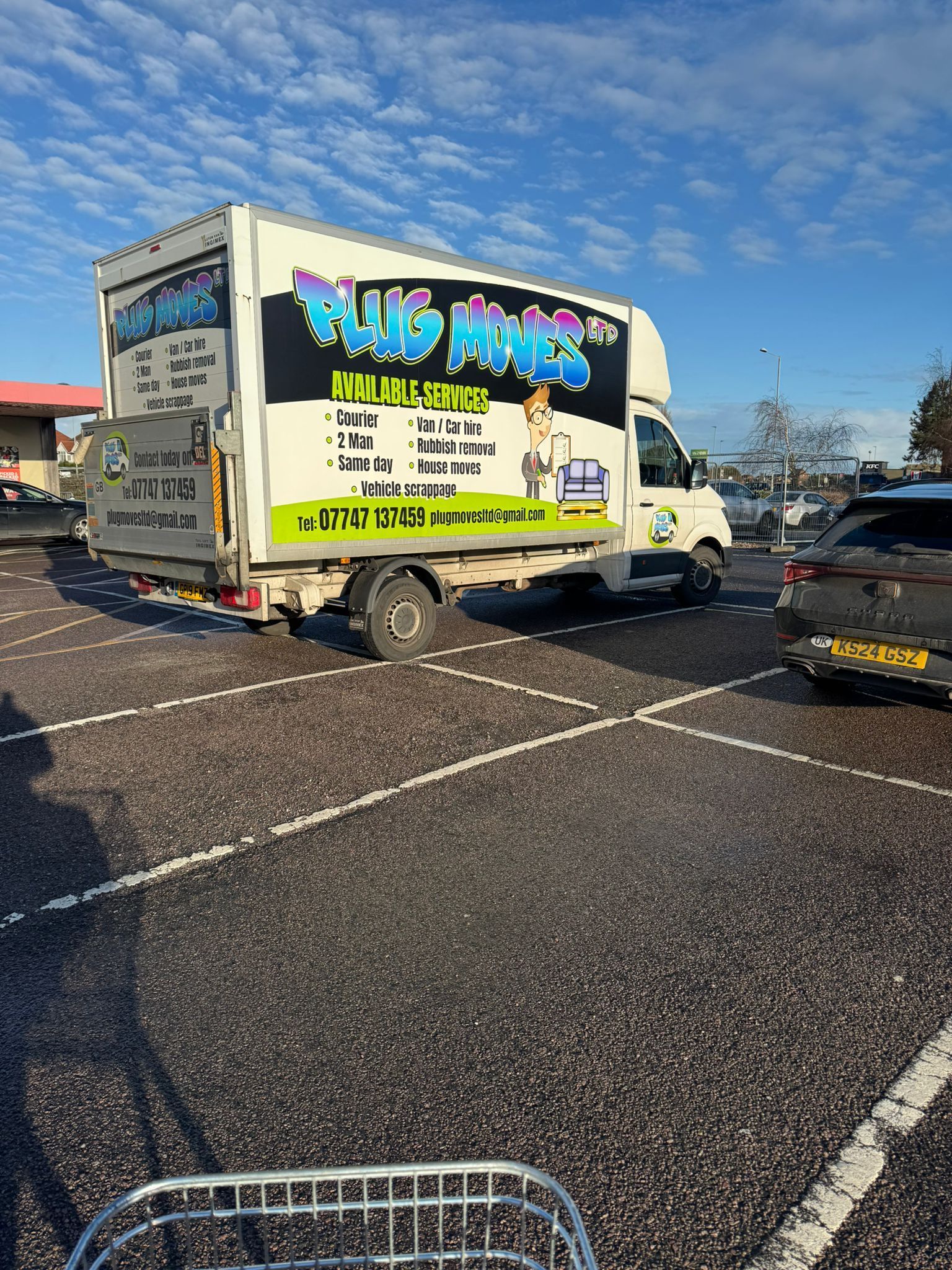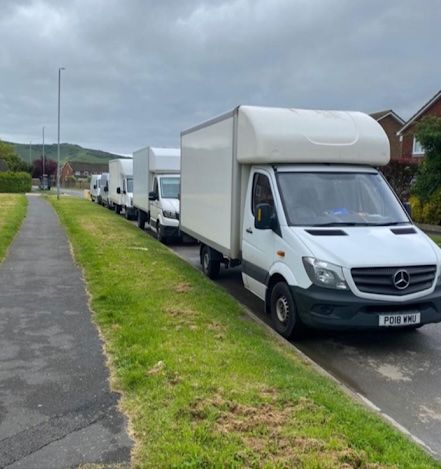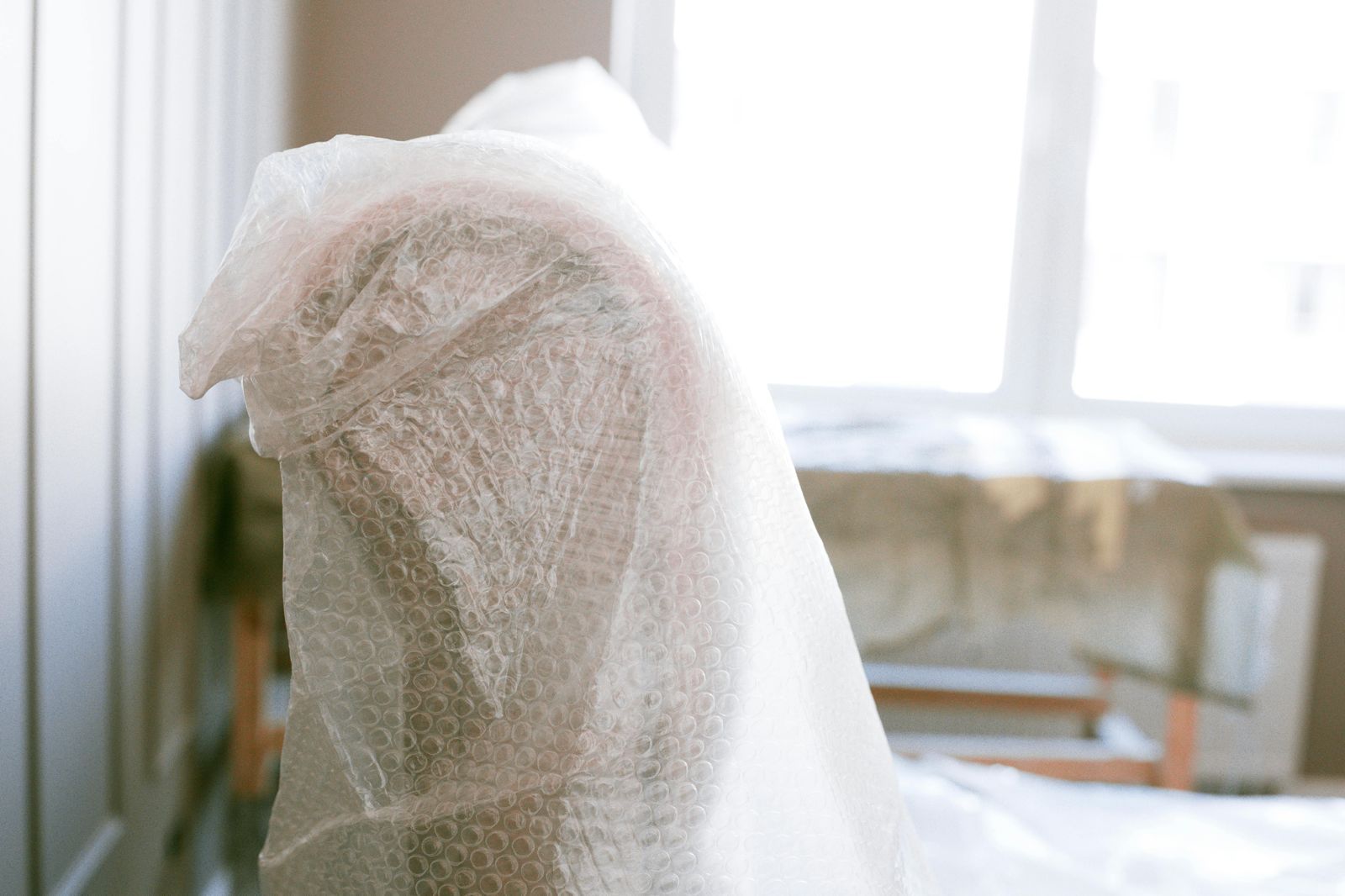Simplify Your Charity Donations with Man and Van Services
Moving a piano requires careful planning, proper technique, and often, professional assistance. Whether relocating to a new home or simply rearranging your living space, understanding the complexities of piano moving can help ensure your valuable instrument arrives safely at its destination.
The Challenges of Piano Moving
Pianos are not just bulky; they're also delicate and expensive. A standard
upright piano can weigh between 300 and 500 pounds, while a
grand piano may tip the scales at over 1,000 pounds. Beyond their sheer weight, pianos contain thousands of intricate parts that can be easily damaged if not handled correctly.
Preparation is Key
Before attempting to move a piano, it's crucial to prepare the instrument and its path. Start by closing and locking the
piano lid to protect the keys. Remove loose items from the top of the piano and secure them separately. Clear a wide path from the piano's current location to its final destination, ensuring there are no obstacles or tight corners that could pose a challenge.
The Right Equipment Makes a Difference
Proper moving equipment is essential for safely transporting a piano. This includes a
piano dolly or board with wheels,
moving straps or harnesses, and padding and blankets for protection. Using the correct tools protects your piano and reduces the risk of injury to those involved in the move.
Technique Matters
The technique used to move a piano can make or break the success of your relocation effort. For upright pianos, tilting the instrument onto its side and using a dolly is often the best approach.
Grand pianos require more finesse, usually needing to be disassembled partially before moving. Proper
lifting techniques and careful manoeuvring are essential to avoid damage to the instrument and injury to the movers.
Why Professional Movers are Recommended
While it might be tempting to move a piano yourself,
hiring professional movers is often the wisest choice. Professional piano movers have the experience, equipment, and expertise to handle these complex instruments safely. They understand the intricacies of different piano types and can easily navigate challenging spaces.
Moreover, professional movers are insured, providing peace of mind in case of any unforeseen incidents. Their knowledge of proper lifting techniques and the use of specialised equipment significantly reduces the risk of damage to your piano or injury to those involved in the move.
Piano tuning may also be necessary after a move, and many professional movers can recommend or provide this service.
In conclusion, moving a piano
requires careful consideration and expertise. By understanding the challenges involved and recognising the value of professional assistance, you can ensure your cherished instrument reaches its new home safely and perfectly. Whether you're moving across the room or the country, entrusting your piano to experienced professionals can make all the difference in preserving its sound and structure for years to come.










